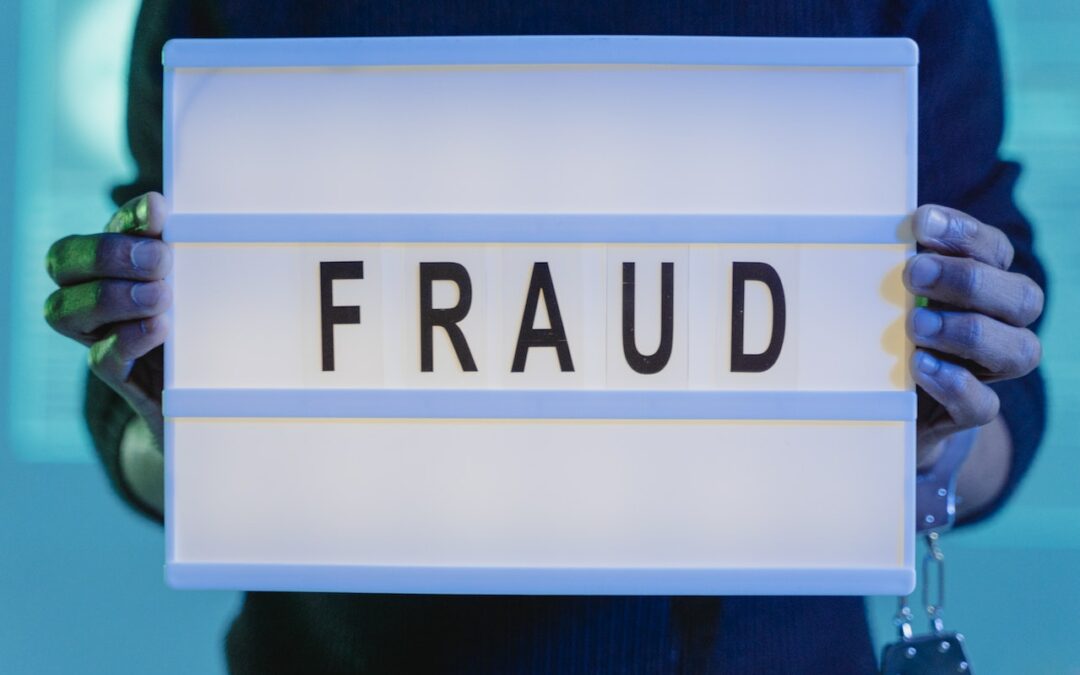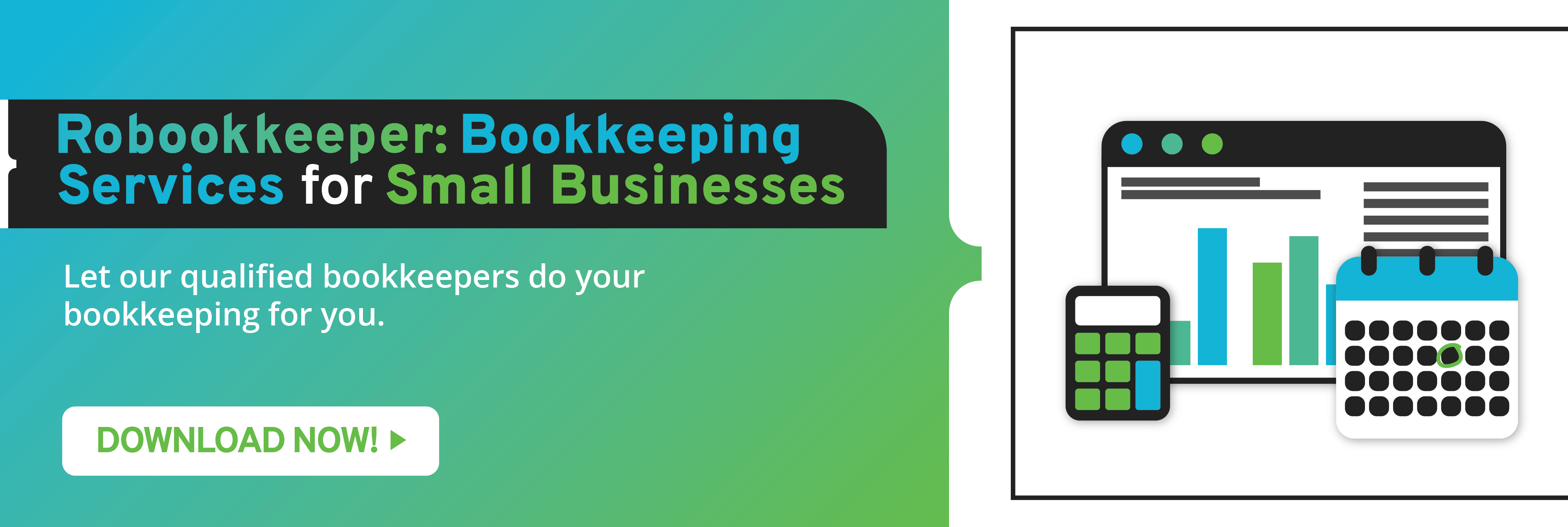Your accounting books are one of your main sources of financial information about the state of your business. Your team manages and monitors your books to make sure your company has the financial capacity to achieve your short and long-term objectives. You also want your books to be accurate so that you always have a clear idea of your business’ financial situation. However, you’ll never know when a client or someone in your own business commits fraud to get more money or somehow reduce their payments. Fraudulent transactions and entries distort your company’s financial outlook.
It is important to identify fraud before it ruins your business. Here are some of the ways you can detect accounting fraud.
Information Gathering
You might already have suspicions about fraud in your accounting books but have yet to find any substantial evidence. Start with information gathering and learn more about the different ways people commit fraud. Once you know more, you will be able to identify patterns that may lead you to fraudulent transactions within your company and in your accounting books. Gather enough evidence before confronting the perpetrators so that they can’t find any loopholes in your case against them.
Assess Historical Transactions
One of the most effective ways to detect accounting fraud is to assess historical transactions. There might be anomalous transactions when costs are going down in your accounting books, but your cash flow is decreasing substantially. Review your books to find more possible fraudulent transactions, entries, and adjustments. These might be activities that took place within a certain timeframe. These might be out of the ordinary compared to the months before and after. Review the documents that explained the adjustments made to entries in your books. A thorough and proper assessment of your accounting books allows you to detect fraud.
Monitor and Test Journal Entries
Your accounting books contain vital financial information. An entry that is out of place or a non-existent entry that should be in your books immediately raises red flags. Have your team monitor suspicious entries in your books. Once you identify these entries, look for supporting documents that give you viable reasons for the adjustments made. If there’s no documentation, the transaction might be fraudulent. Always monitor and test journal entries to catch fraud before it becomes rampant.
Regular Review of Accounting Books
Conduct reviews of your accounting books frequently. These reviews audit your financial statements, reviews, and books. This meticulous approach enables you to determine if fraudulent transactions took place and for how long they have been occurring. Do these in an unexpected manner so whoever does fraudulent transactions will not know when an assessment will take place. It will be difficult for them to hide their activities.
Detect accounting fraud using the abovementioned best practices. Creating and implementing internal control policies allow you to identify and/or prevent fraudulent transactions from taking place.
If you need assistance with updating your accounting books, Robookkeeper can provide you with their expertise. Our team of experienced accountants offers first-rate small business accounting services. They can update your books to make it easier for you to identify fraud.

